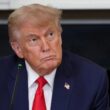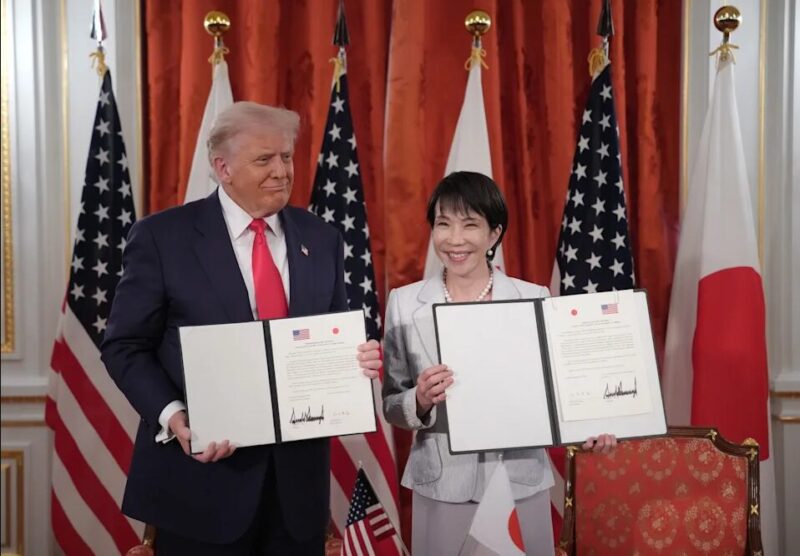US Japan rare earths negotiations concluded with a $550 billion trade agreement on October 27, 2025, as President Donald Trump and Prime Minister Sanae Takaichi finalized the deal. The trade pact secures critical minerals supply chains and also reduces dependence on Chinese rare earth processing, which currently dominates over 70% of global capacity right now.
US-Japan Trade Pact Reshapes Critical Minerals Supply Chain Outlook
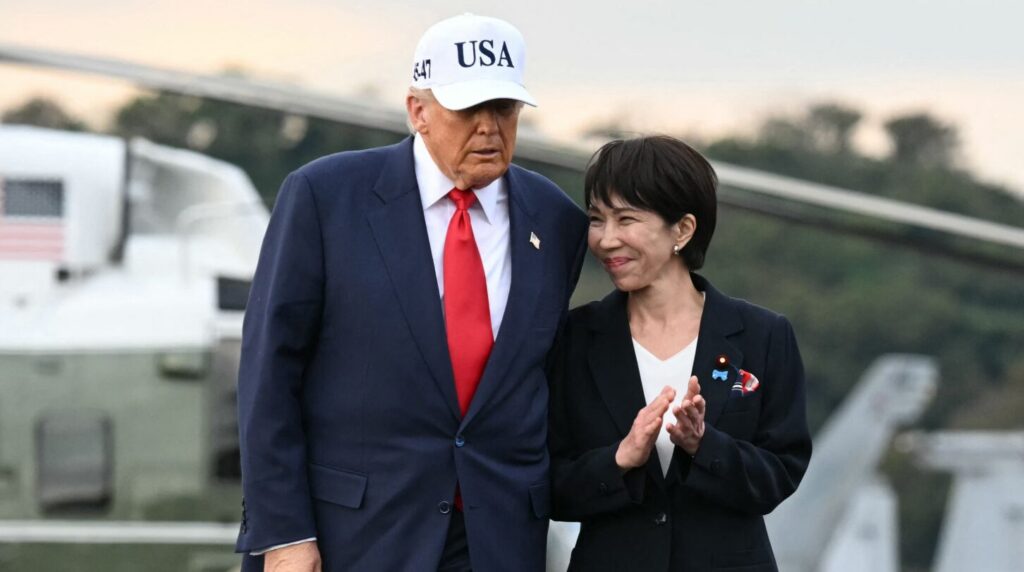

The agreement actually addresses US Japan rare earths sourcing concerns through coordinated permitting, along with financing and mapping initiatives. Both nations signed documents formalizing the critical minerals partnership, with Japan pledging $550 billion for US projects through investments, loans, and even loan guarantees.
Trump stated:
“I want to just let you know anytime you have any question, any doubt, anything you want, any favors you need, anything I can do to help Japan, we will be there. We are an ally at the strongest level.”
The trade pact establishes a maximum 15% tariff on Japanese exports to the US—this includes automobiles and parts—while including some safety clauses for future sectoral tariffs on semiconductors and pharmaceuticals. Japan’s supply chain interests are protected by this framework right now and the deal addresses concerns about pricing power.
Also Read: Fed Rate Cut, China Trade Deal, Big Tech Lift Dow Futures
Strategic Partnership Strengthens Supply Security
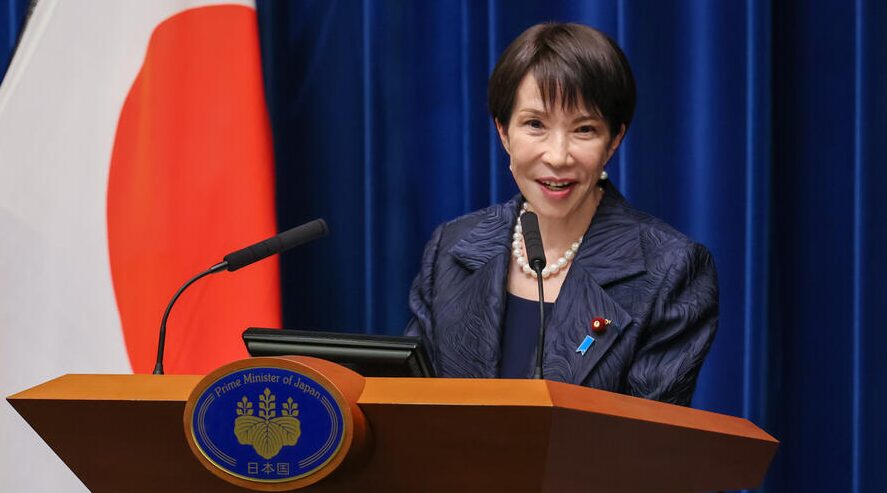

Takaichi emphasized Japan’s commitment to the alliance, stating:
“Both Japan and the United States have developed the greatest alliance in the world, and together with you, Japan is ready to contribute toward world peace and stability. As leader, I will do everything in my power to make Japan a great national power.”
The US Japan rare earths partnership extends beyond minerals to defense cooperation. Takaichi also pledged to achieve 2% GDP defense spending by March 2026—two years ahead of the previous schedule—which aligns with Trump’s expectations for allied contributions and defense spending targets.
Trump expressed optimism about future cooperation, also saying:
“We’re going to do tremendous trade together, I think, more than ever before.”
Also Read: US Announces Trade Deal With EU: 15% Tariffs, $750B Investment
Implementation and Market Impact
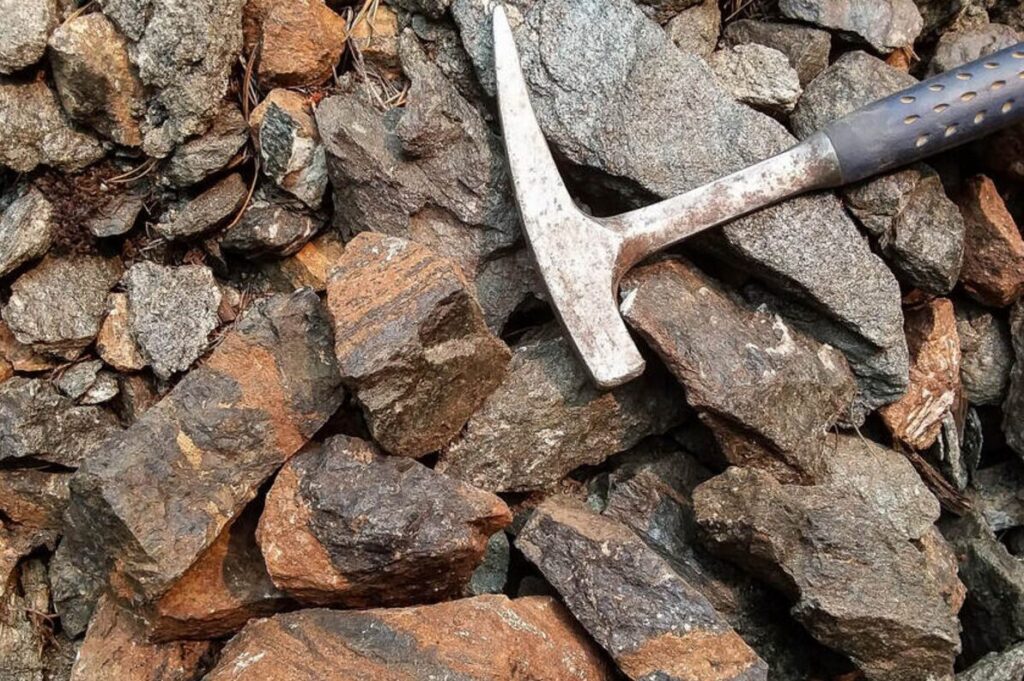
The critical minerals agreement will coordinate resource development in Mongolia and Australia, with operations expected by 2027. The $550 billion will be funded by Japan through foreign exchange special accounts using existing dollar holdings, which also minimizes currency market disruption.
Companies relying on rare earth elements for manufacturing—including Tesla, Apple, and Lockheed Martin—actually also gain supply certainty through this trade pact. The supply chain restructuring includes stricter environmental controls than those currently enforced by Chinese processing facilities.
Trump praised Takaichi’s leadership potential, noting:
“Everything I know from Shinzo and others, you will be one of the great prime ministers.”
Implementation begins Q1 2026 and is also pending congressional approval along with National Diet approval, with bipartisan support expected given critical minerals security concerns right now.




